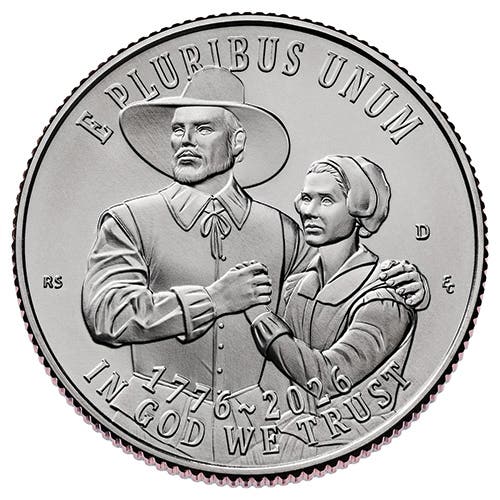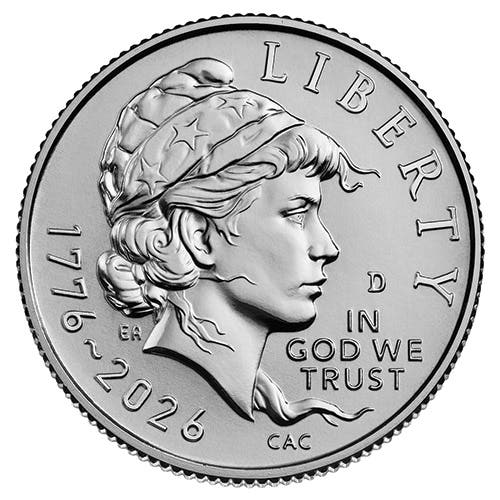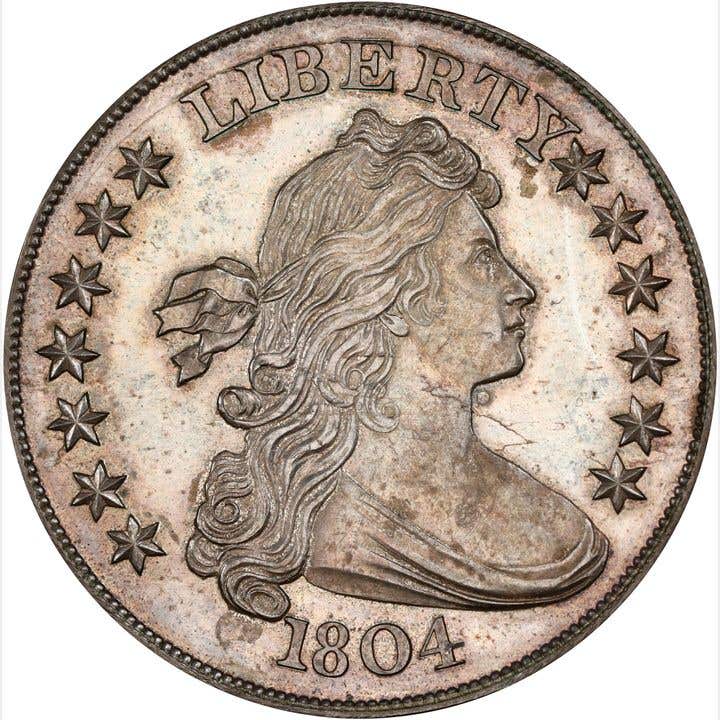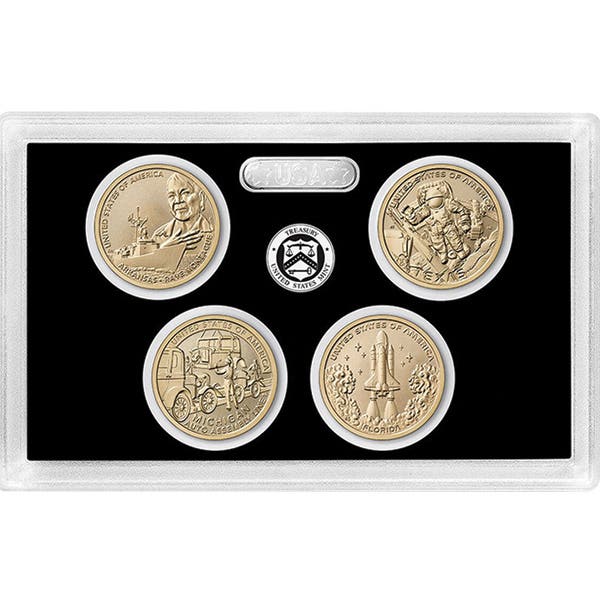Expectations beyond potential for Sesquicentennial $2.50
In 1926, the 150th anniversary of the signing of the Declaration of Independence was observed. Two commemorative coins – a half dollar and a gold $2.50 – were authorized to…
In 1926, the 150th anniversary of the signing of the Declaration of Independence was observed. Two commemorative coins – a half dollar and a gold $2.50 – were authorized to mark this event.
The $2.50 gold was historic in a number of ways. It was just the second $2.50 commemorative gold coin for the United States after the earlier Panama-Pacific issue (which tends to be lesser known than its companion $50 pieces that most collectors focus on).
Apparently there were significant expectations for the new Sesquicentennial of American Independence $2.50. It’s a little hard to understand precisely why hopes were so high, especially if you look back a bit in history.
The Sesquicentennial coin might have been expected to post better sales than the Panama-Pacific Exposition, but that was not really saying much, as the number of Panama-Pacific $2.50s sold stood at exactly 6,749. That alone should have given cause for concern, and to that could be added the modest sales totals for many of the other gold commemoratives.
In addition, the most immediate silver half dollar prior to the Sesquicentennial of American Independence gold $2.50 had sales of about 15,000. True, it was the Fort Vancouver Centennial, but the total suggests that the market for special commemorative coins was not terribly strong at the time.
Under the circumstances, a bit of caution when it came to the total number of coins produced might have been in order. However, it certainly did not happen, as a total of 200,226 examples of the Sesquicentennial $2.50 were produced. While 226 were reserved for asssay purposes, the remaining 200,000 was still a relatively high number.
In fairness, the John Sinnock design – which had Liberty holding a scroll representing the Declaration of Independence in one hand with the Torch of Freedom in the other on the obverse and an Independence Hall reverse – was far more popular, at least in terms of sales, than any other gold commemoratives up to that time.
But while it sold more examples than the Louisiana Purchase gold dollars combined, the initial production was more than twice as high as for all the other gold commemoratives combined. That is a case of expectations being way beyond the potential, making a coin that under normal circumstances would look like it did well suddenly look like a miserable failure. It probably did not help that the Sesquicentennial Exposition itself was a dismal financial failure.
There is no getting around the fact that, when it was all over, there was an enormous number of unsold Sesquicentennial gold $2.50s. To be precise, a total of 154,207, or about 75 percent of the production, was returned for melting leaving the mintage actually sold at 46,019.
Many times, those responsible for the sales would hoard unsold commemoratives for later sale, but it appears that did not happen in this case. Except for a 71-piece group sold by Parke-Bernet in 1976, there are no indications of hoards.
The price of the Sesquicentennial gold $2.50 today sits at $425 for an MS60 example and $1,350 for an MS65. These prices reflect the fact that while not living up to hopes in terms of sales, these sales were still far higher than for other gold commemoratives of the time.
One note: you might expect that all examples would still be in their original condition. But there were no plastic holders or other types of protection for collectors at that time to use. About 18 percent of the examples seen by the Professional Coin Grading Service were AU58, with quite a few more in lower grades all the way down to VF20.
So while it is still available, do not take the American Independence Sesquicentennial quarter eagle for granted, especially in top grades.
This article was originally printed in Numismatic News. >> Subscribe today.
If you like what you've read here, we invite you to visit our online bookstore to learn more about Standard Catalog of World Coins, 1901-2000.









